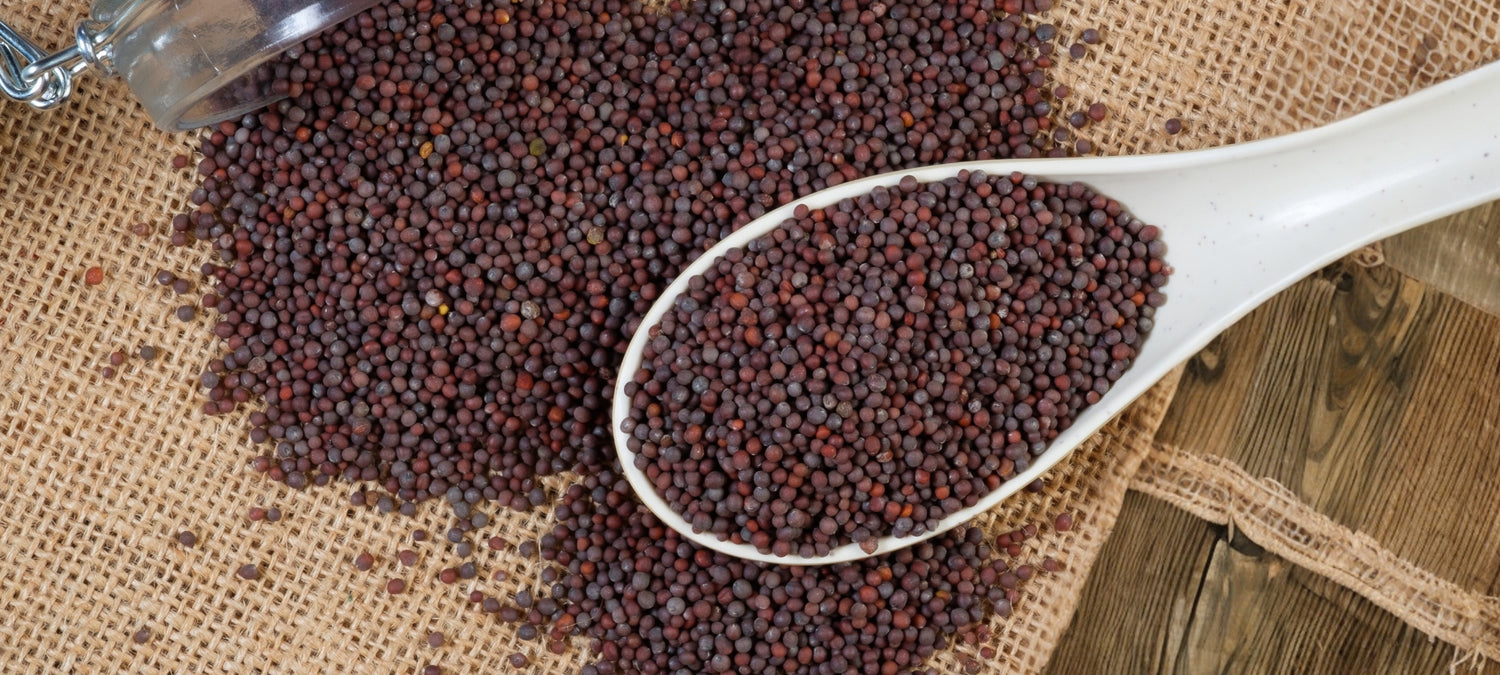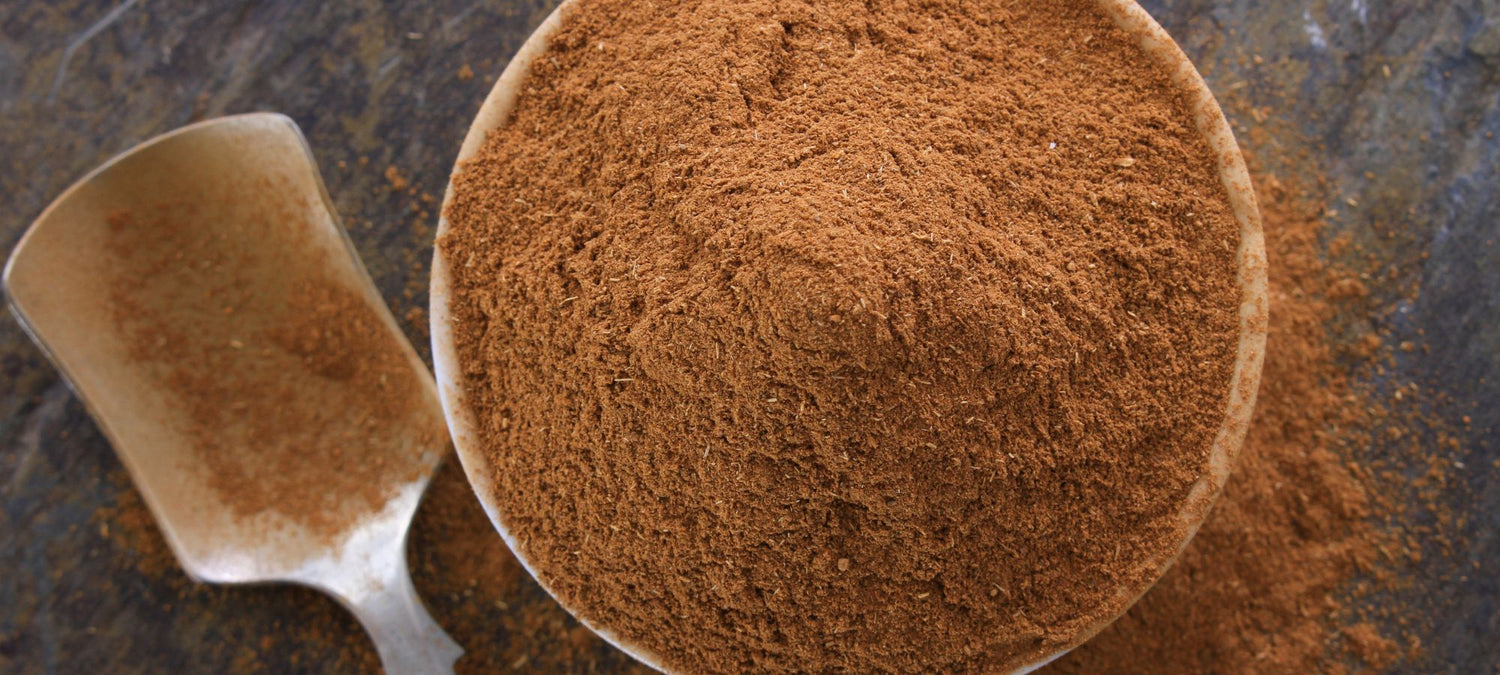Medicinal Qualities and Traditional Uses of Basil
Basil, more than just a culinary herb, has been revered for its medicinal properties across various cultures. Let's explore the therapeutic attributes of basil and its traditional uses in different healing practices.
Medicinal Qualities of Basil
-
Antioxidant Properties: Basil is rich in antioxidants, which help protect the body from damage caused by free radicals. This is crucial for maintaining overall health and preventing chronic diseases.
-
Anti-inflammatory Effects: The essential oils in basil, including eugenol, linalool, and citronellol, have been shown to reduce inflammation. This can be beneficial in managing conditions like arthritis or inflammatory bowel diseases.
-
Antibacterial and Antimicrobial: Basil has been found to have natural antibacterial and antimicrobial properties, making it effective in fighting various bacterial infections and improving oral health.
-
Stress Reduction: Certain compounds in basil, like adaptogens, can help the body adapt to stress and promote mental balance.
-
Digestive Health: Basil can aid in digestion and soothe stomach discomfort. It's traditionally been used to treat indigestion, constipation, and other digestive issues.
Traditional Medical Uses by Cultures
-
Ayurveda (Indian Traditional Medicine): Basil, particularly the holy basil or Tulsi, is considered a sacred plant in India. It's used for its detoxifying properties, to enhance immunity, and to balance different processes in the body. It's also commonly used for respiratory ailments, skin conditions, and to alleviate stress and anxiety.
-
Traditional Chinese Medicine: In Chinese herbalism, basil is used to promote gastrointestinal health, combat colds, and as a kidney tonic. It's also employed to improve blood circulation and treat snake bites and insect stings.
-
European Folk Medicine: In Europe, basil has been traditionally used as a calming herb to soothe nerves and treat symptoms of depression. It was also used for its antispasmodic properties and to relieve coughs.
-
Other Cultures: Globally, basil has been used in various folk remedies for its antiseptic properties to treat wounds and as a natural insect repellent.
Incorporating Basil in Your Wellness Routine
 While fresh and dried basil leaves are widely used in cooking, basil oil, supplements, and teas are also available for medicinal use. When using basil for its health benefits, it’s important to consider the form and concentration that best suit your specific needs.
While fresh and dried basil leaves are widely used in cooking, basil oil, supplements, and teas are also available for medicinal use. When using basil for its health benefits, it’s important to consider the form and concentration that best suit your specific needs.
Discover the multifaceted benefits of basil and how its rich history in traditional medicine can contribute to modern health and wellness practices. With Sacred Plant Co's Dried Basil Leaves, you can easily integrate this remarkable herb into both your culinary adventures and your health regimen.
Classic Basil Pesto with Dried Basil Leaves
Indulge in the timeless flavors of a Classic Basil Pesto, masterfully adapted to use dried basil leaves from Sacred Plant Co. This convenient twist on the traditional recipe maintains the beloved taste of pesto while utilizing the ease and shelf-stability of dried herbs.
Ingredients:
- Dried Basil Leaves - 1 cup, rehydrated
- Pine Nuts - 1/3 cup
- Fresh Garlic - 3 cloves
- Grated Parmesan Cheese - 1/2 cup
- Extra Virgin Olive Oil - 1/2 cup
- Salt and Pepper to taste
Directions:
- Rehydrate Basil: Begin by rehydrating the dried basil leaves. Soak them in warm water for about 5-10 minutes until they regain a softer, more pliable texture. Drain and gently pat dry.
- Blend Basil and Nuts: In a food processor, combine the rehydrated basil leaves and pine nuts. Pulse until coarsely chopped.
- Add Garlic and Cheese: Incorporate garlic and Parmesan cheese into the mixture, then pulse again to blend all the ingredients.
- Emulsify with Olive Oil: With the food processor running, gradually add the olive oil. Continue processing until the pesto reaches your preferred consistency.
- Season: Season with salt and pepper to taste, then give it a final mix.
- Usage: The pesto is now ready to be used with your favorite pasta, as a delicious spread, or as a condiment in various dishes.
Tips for Using Dried Basil
- Rehydration is Key: Ensure the dried basil is properly rehydrated to bring back its flavors. This step is crucial in transitioning dried herbs to recipes typically calling for fresh ones.
- Adjust Quantities: Dried herbs are more potent than fresh. If adapting other recipes, use about one-third of the amount of dried basil when substituting for fresh.
Enjoying Your Pesto
This Classic Basil Pesto recipe with dried basil leaves offers a practical yet delicious way to enjoy the essence of basil. Perfect for those who love to have their pantry stocked with versatile dried herbs, this pesto recipe ensures you can savor the classic flavors of basil year-round.
Discover the convenience and taste of using Dried Basil Leaves from Sacred Plant Co in your cooking, and let this pesto become a go-to in your culinary repertoire.



